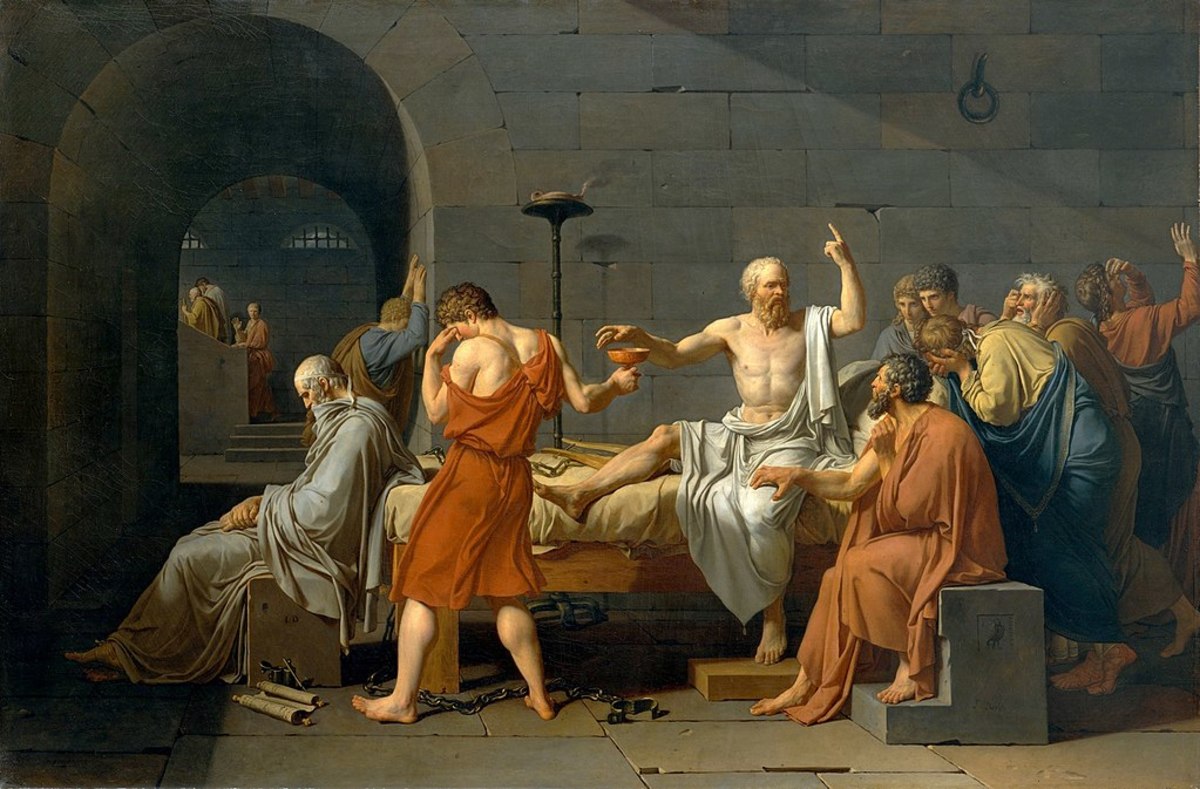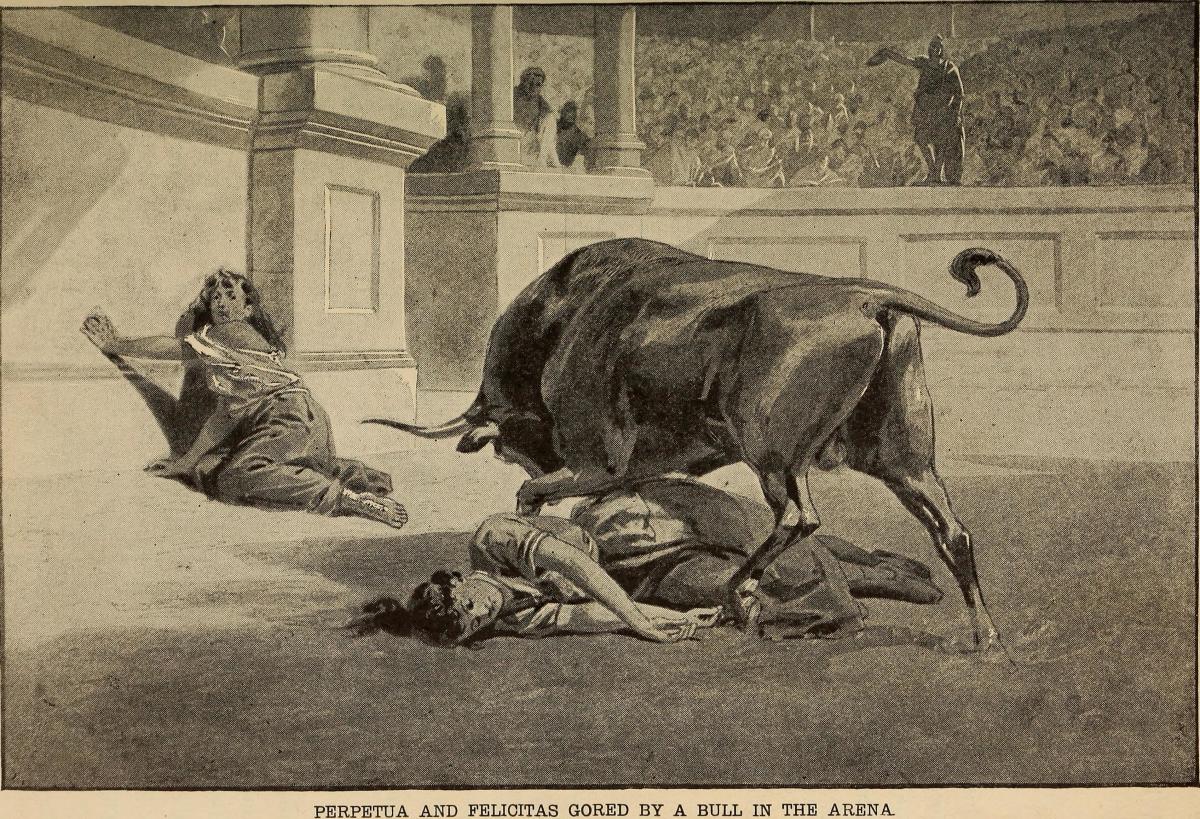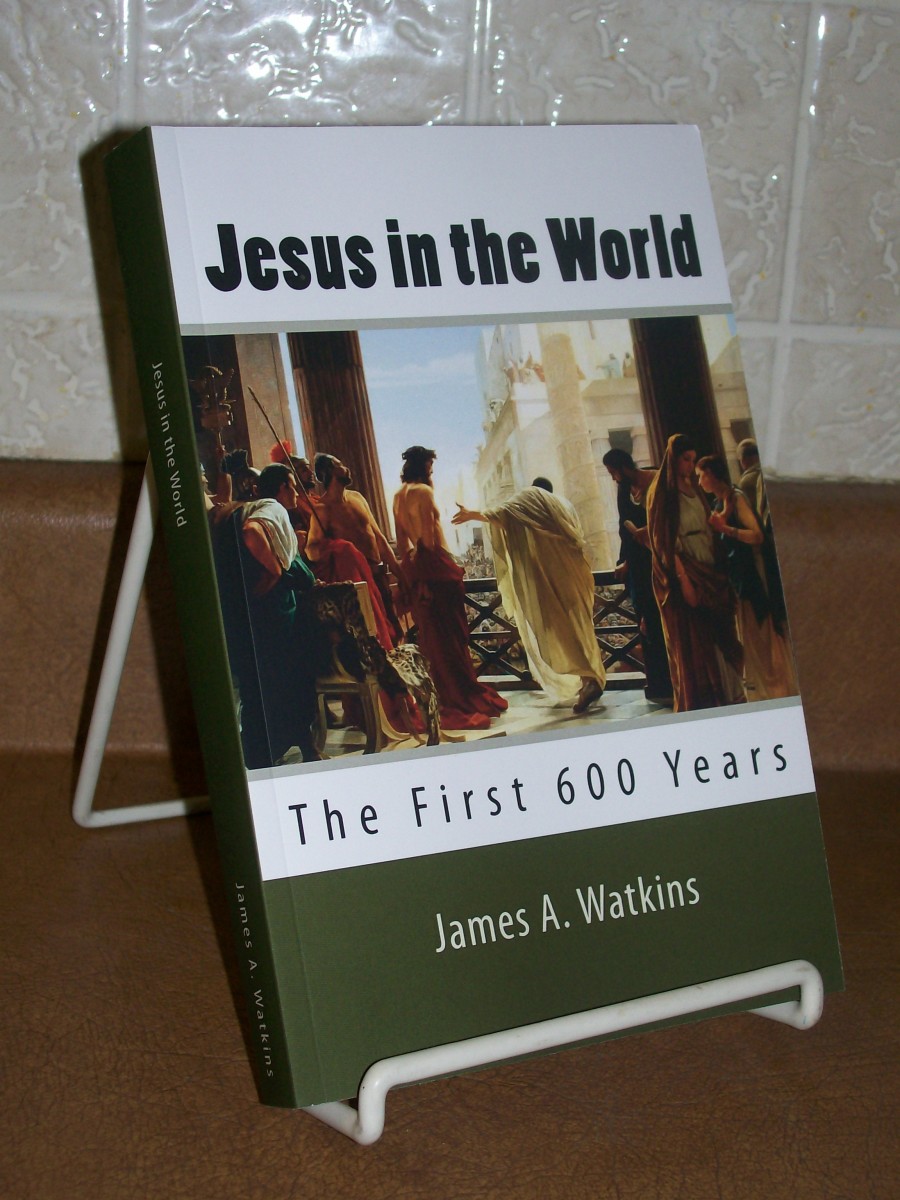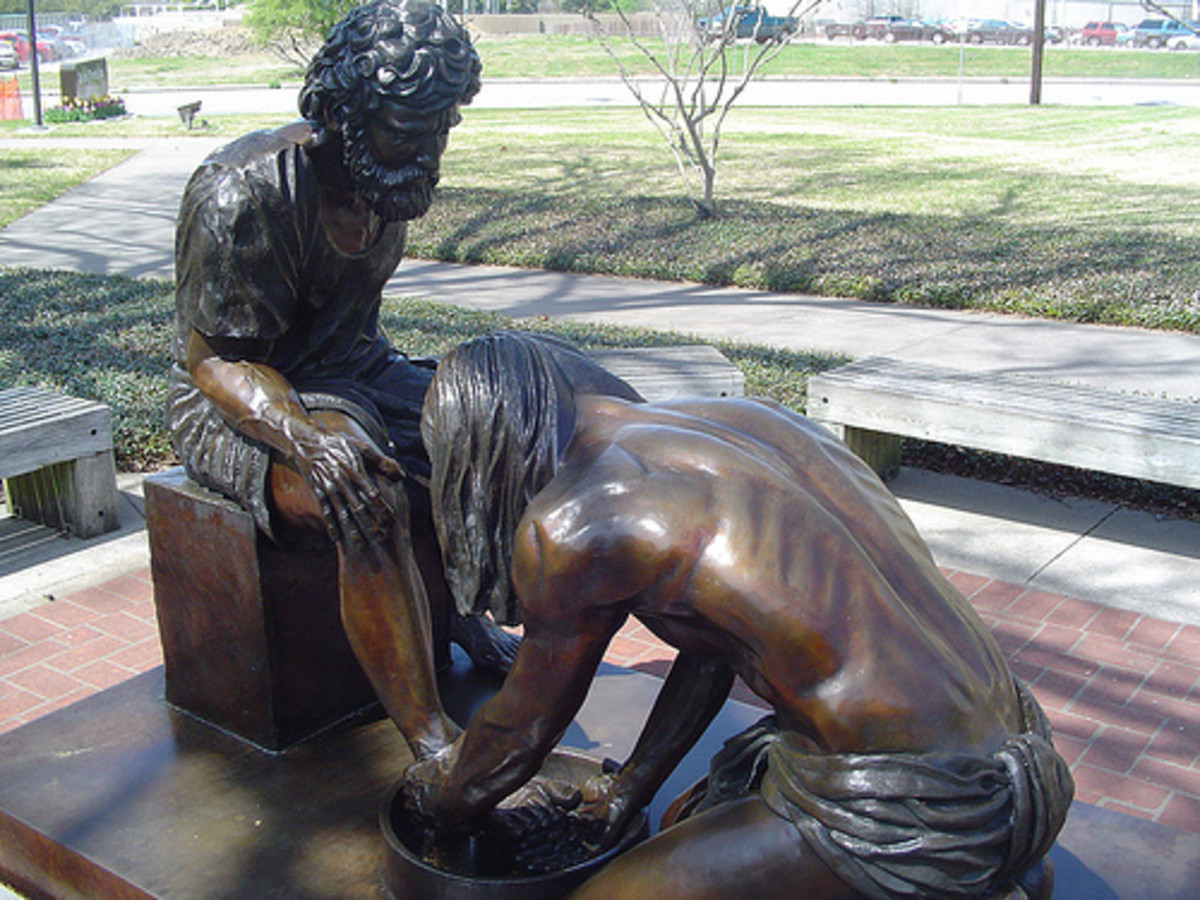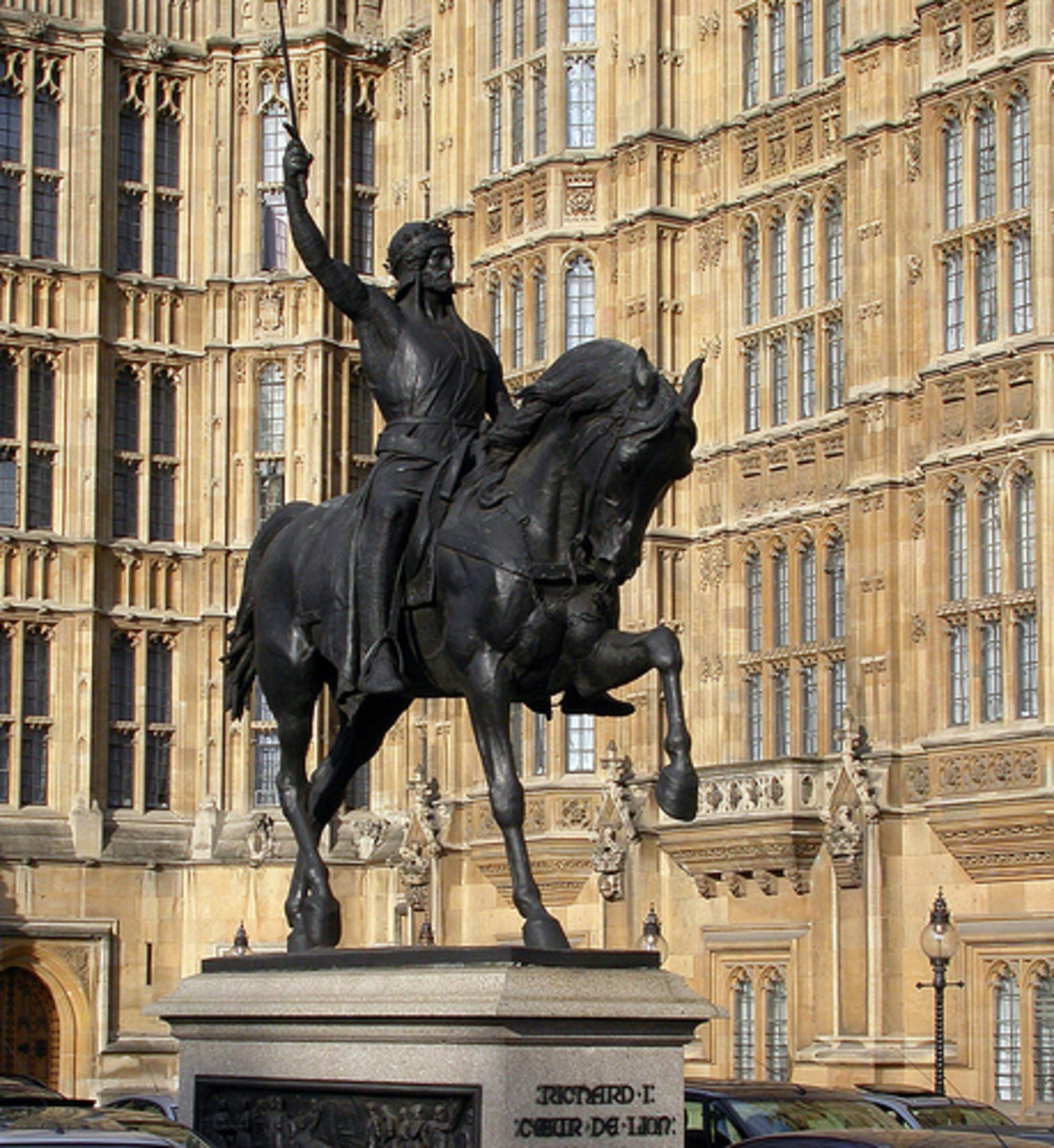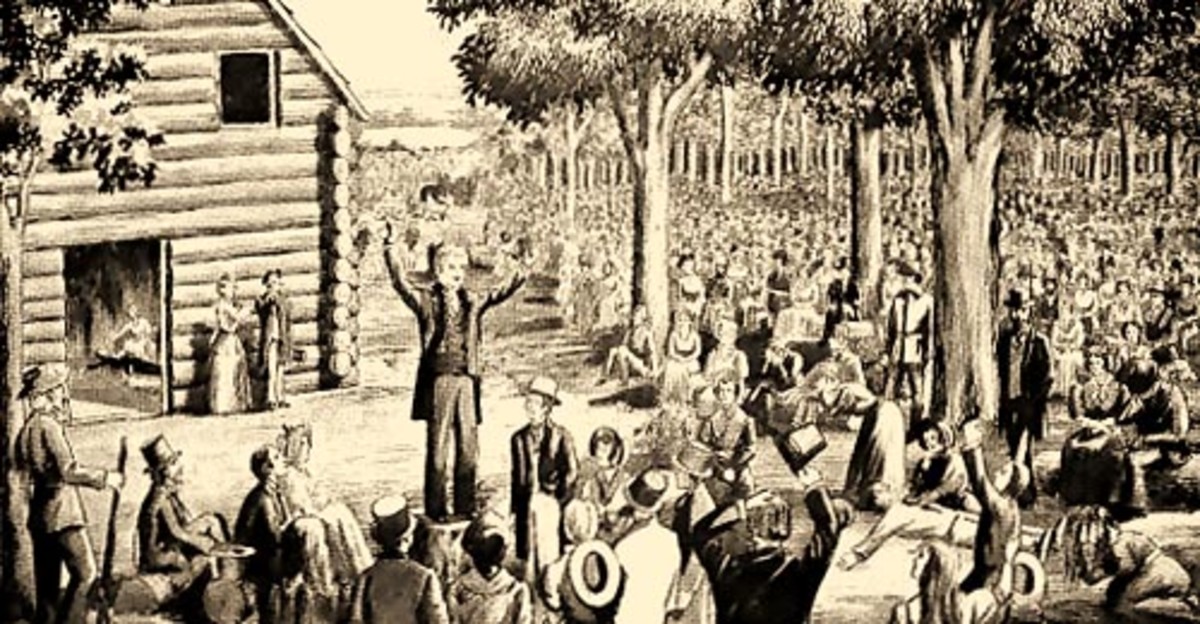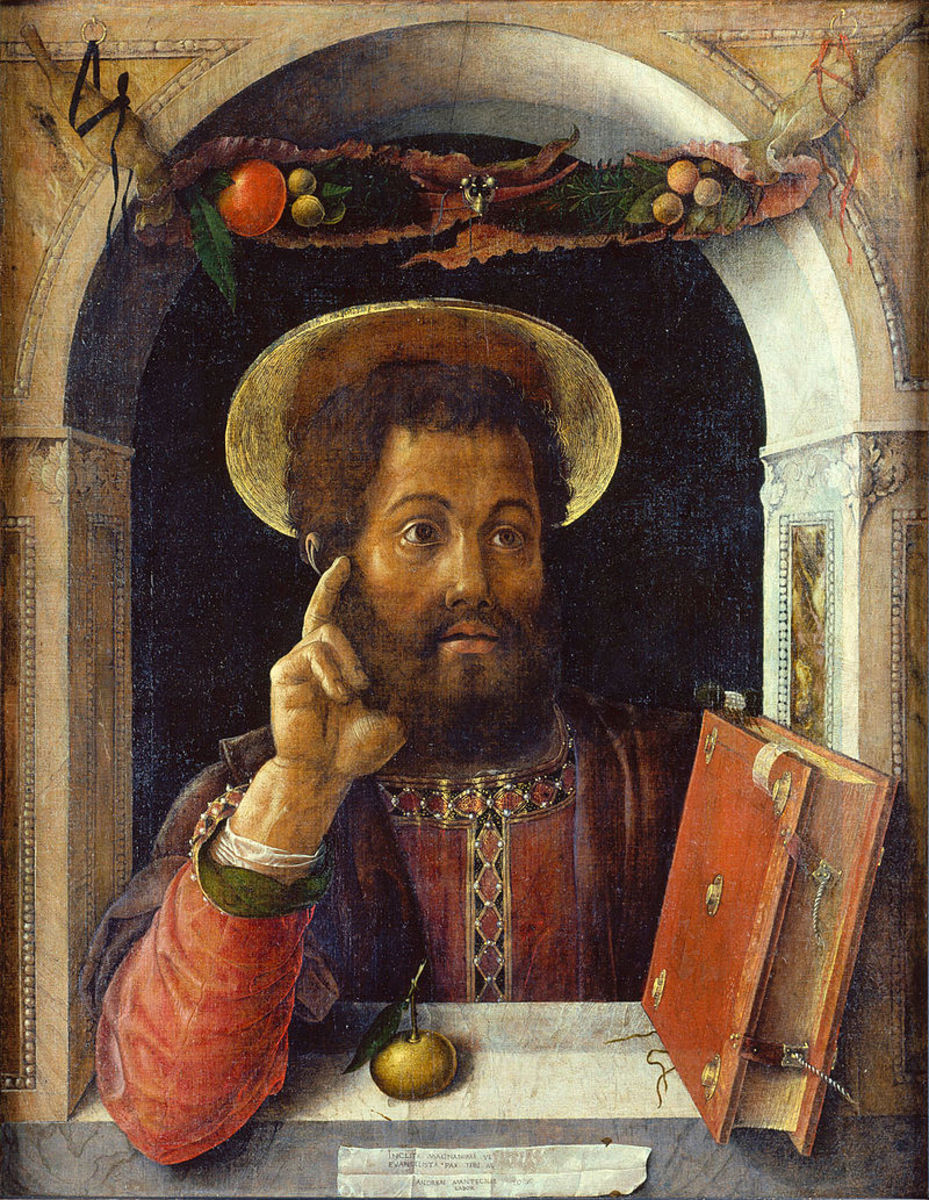In the footsteps of the Apostles
Jesus and his followers
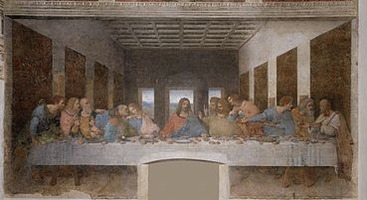
How this came about
It was thirty years ago that I first got to visit Eastern Turkey, it was a trip that was memorable for so many reasons, not all of them good but there was one reason that the memories have stuck with me all these years.
It was 1987 and rumors were spreading about Saddam doing some despicable things to the Kurds, but they were only rumors and the Christian group I was working with wanted to find out if it was true! Guess what, I got to make a trip that has changed the way I see so many things.
About two weeks into the trip we were in a small town called Mardin (the only Arabic speaking town in Turkey) when we heard about the Monastery of Saint Gabriel on the way to another town called Midyat.
We decided that it was too good an opportunity to miss! Here was a monastery that even the local Muslims were telling us was still open and active in the community, we decided to see if we as a bunch of "stupid foreigners" (sometimes it's great to play that role as you can learn so much) would see if we could find out about this place and what it must be like to live as Christians in a land where Christianity wasn't that well liked.
You've got to understand that Christianity may well have spread through Turkey in the first centuries but the Turks are a Muslim group that came in later and swept Christianity away, be be Turkish is to be Muslim and any other group is treated with suspicion, yet here was a place where the people had lived through all that for centuries!
We found the Monastery, but there was only the local Bishop and a few christian families left, they belonged to a group of Christians that I'd never even heard of before called the Assyrian church of the east. The Bishop (whom we had tea with) told us that the Monastery was founded in the late fourth century and had been there all that time, but he was most proud of the fact that his Bishop's seat could be traced all the way back to the Apostle Bartholomew.
One of the original twelve that sat at the feet of Jesus!
The story he told us that day has stayed with me (in part) since then and strange as it sounds (personally I thought it a bit of a tall tale). In last few weeks I've been looking at how the church grew and whether the records we have can be relied on and it just seemed that it's the right time to share what he told us and let you make your own minds up on if you believe it or not.
The oldest Monastery in East
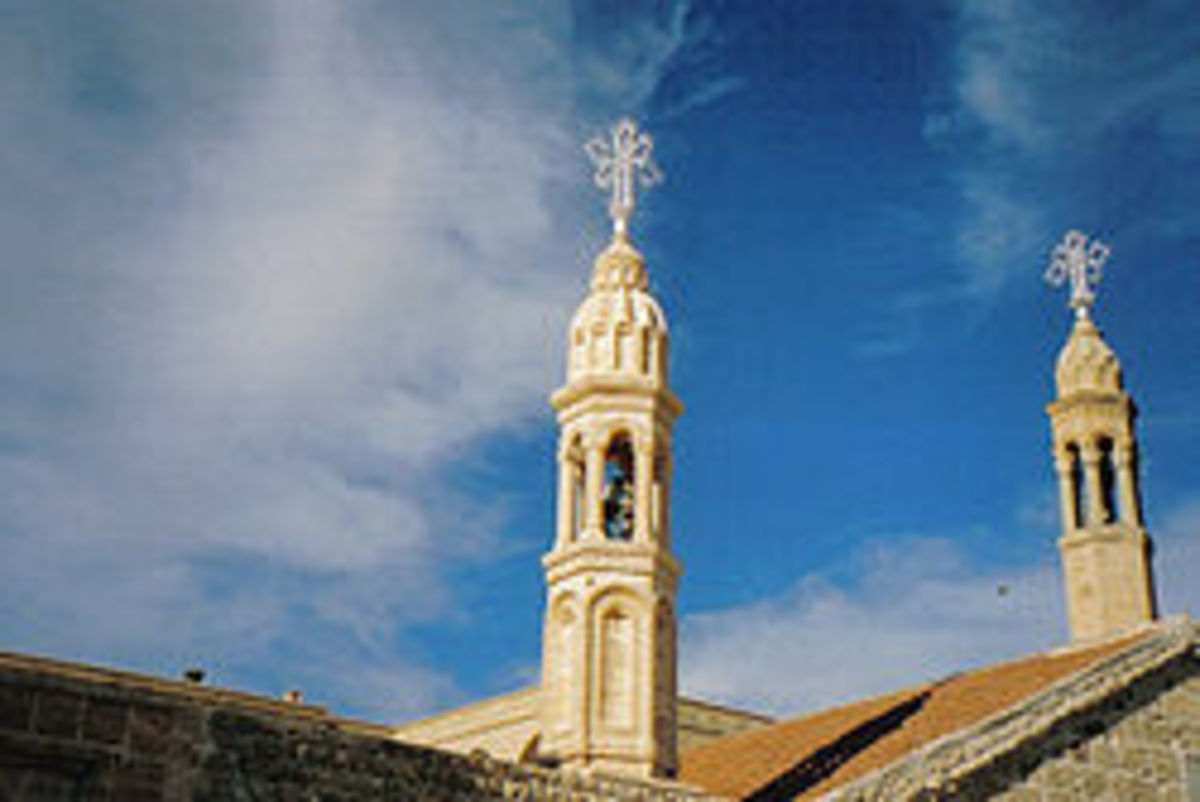
The incredible story
First of all I've got to state that there's very little actual hard evidence. There are some facts that can be authenticated but this story isn't so much about the facts as about showing that even from the very beginning the Christian faith was 'going global' and did it very quickly!
There is no complete picture of how the church grew in the first few years after the death and resurrection of Jesus (or Yeshua if you prefer) but that can be explained very easily.
The Crowd’s Response
5 And there were dwelling in Jerusalem Jews, devout men, from every nation under heaven. 6 And when this sound occurred, the multitude came together, and were confused, because everyone heard them speak in his own language. 7 Then they were all amazed and marveled, saying to one another, “Look, are not all these who speak Galileans? 8 And how is it that we hear, each in our own language in which we were born? 9 Parthians and Medes and Elamites, those dwelling in Mesopotamia, Judea and Cappadocia, Pontus and Asia, 10 Phrygia and Pamphylia, Egypt and the parts of Libya adjoining Cyrene, visitors from Rome, both Jews and proselytes, 11 Cretans and Arabs—we hear them speaking in our own tongues the wonderful works of God.” 12 So they were all amazed and perplexed, saying to one another, “Whatever could this mean?”
13 Others mocking said, “They are full of new wine.”
Take a look at who was actually there that day! Since the time of Moses the Torah had said that there were three times in a year that all Jewish men were commanded to be in Jerusalem. Passover, Pentecost (feast of weeks) and Sukkot (feast of tabernacles). In later Jewish times it wasn't always possible as many Jews actually lived outside the Roman Empire to the East in the lands of the Medes and Parthians, even as far away as India
Pentecost, who was there?
Mordecai and Esther are buried here, large Jewish community at the time
1st Century synagogue found right next to a Church founded by Thomas the Apostle
The Jews and where they lived
The people
The moment that Peter began to preach and others began to respond was the moment that the Christian faith actually broke out of the Roman Empire!
Within a few days these folks packed up their bags and headed home, they took with them not only the souvenir trinkets of just about any tourist trip but also the new faith that the Messiah had come and some strange things had begun to happen in Jerusalem!
The Book of Acts is a great book that documents how Christianity spread from the dusty corner of the Empire to the very heart of Rome itself, only what it doesn't tell us is that the same was happening to the East and South.
If you look at the map above you'll see that only four of the markers (A through D) are in what was the Roman Empire, E is Kerkuk that was border country with the Parthian Empire and Babylon wasn't taken by the Romans until130 AD (and lost ten years later never to be re-occupied. The rest are not even in Parthian territory but part of the Empires to the East.
Traders.
The Jews of the Diaspora were traders, centuries of living in a foreign lahad recentlynd a aliens allowed them to develop trading networks all over the Ancient world. In Ancient Rome the ultimate symbol of wealth wasn't Gold, it was spices! the one nation that had families in 'both camps' was the Jewish people and they developed extensive networks.
This was fifty days after Jesus had died and risen! Now people from all over the known world were believers in him, within a few weeks they would be returning home and taking their new faith with them!
That day 3,000 people came to faith. A few weeks later another 5,000 had come to faith (does this sound like a hoax that recently been dreamed up by a bunch of men and women who stole Jesus' body?). Things were about to get more out of control!!
Ancient Jewish communities
- BBC NEWS | Middle East | Iran's proud but discreet Jews
Iranian Jews are determined to stay in Iran despite the bitter enmity between Israel and the Islamic republic, Frances Harrison reports. - History of the Jews in India - Wikipedia, the free encyclopedia
Traces the history of the Jews back to around 500 BC in India
How it spread
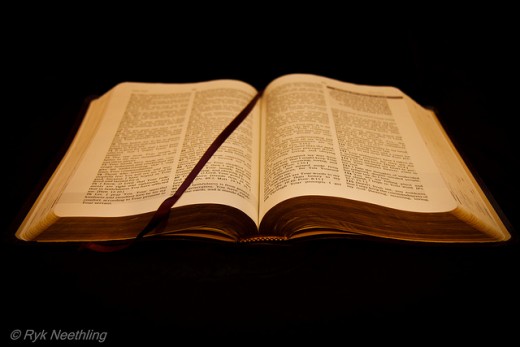
Acts Chapter 8
Acts chapter 8 was about five or six years after the events in chapter two (we are talking about AD 35 at the latest) but the truth is the word had already begun to spread, the traders and Pilgrims gone home, they'd taken copies of the Septuagint with them (the Greek translation of the Old Testament) and possibly in the East they had Aramaic translations and ay even have had early translations of Jesus' own words.
By AD 45 there were believers all over the Eastern parts of the Empire and beyond.
Assyrian Church tradition says that 45 AD was the year that the Apostles Bartholomew (also known as Nathaniel). Thaddeus (also thought to be Jude, Jesus' half brother) and Thomas arrived in Armenia.
Armenia wasn't in the Empire, it was a client Kingdom that the Romans used as a buffer state between them and their Nemesis the Parthians (descendants of the Persians and forerunners of the Iranians). Bartholomew and Thaddeus and Thomas were believed to have arrived in the area about that time and set about preaching the gospel. The story is that the King had already come to faith and invited them to the Kingdom. From that time on there was a christian witness in the country.
One thing that is known is that both Bartholomew (Nathaniel) and Thaddeus (Jude) were Martyred in Armenia around 60 AD. Tradition also says that they already had the Gospel of Matthew in Aramaic when they arrived in
Thomas the Apostle
Thomas
Remember him? He was the one when the other disciples told him that they'd seen the risen Jesus his reply was "Pull the other one guys. It's got bells on!!" Not just a dignified "Sorry but I can't accept that!" but straight out "Don't talk S#*T! he's Dead" followed by "I want to see the nail marks! and put my hand in his side, where the spear went! When I do that THEN I'll believe!!!"
Thomas was no mans fool, the others might be gullible but he wasn't, he needed physical evidence, Imagine what happened when he heard a familiar voice behind say "In that case Thomas, turn around!"
I just wonder if the first words out of Thomas's mouth were really a proclamation of Jesus' deity or a bit of a cuss from a stunned mullet! or maybe both! "My Lord, and My GOD!" Think about it for a moment!
Thomas traveled with Bartholomew and Thaddeus (Nathaniel and Jude) to Armenia, but then he branched out and by 52 AD he was already in India preaching in Kerala state, this is after he'd been through Iran and Pakistan planting churches (this can be backed up with both church tradition and the writings of Hindu historians of the time). He planted seven churches in Kerala (three of which are on their original sites) and stayed there for at least seventeen years.
Indian Christians claim that Thomas also made a trip to China around AD 62 but there's no evidence left from that trip but finally he fell foul of the local Maharaja in Madras who had him executed. The Church in India grew for a while but being so far from the main body of believers it just survived and stayed faithful to his teaching.
I think you'll understand why the faces are blurred
Why so little record
There are loads of apocryphal stories about the Apostles, some may be true but they all contain a kernel of truth that Christianity spread much wider and faster than we realize in those early years.
The Ancient world was a place of traders, travel was sometimes slow, but large empires controlling vast swathes of land meant that goods and ideas could move around and take hold with relative ease. What helped Christianity at first was the fact that it wasn't the state religion of Rome, and that the leader had been executed by the Romans (the Parthians may have traded with Rome but didn't like them so if Rome treated the Christians badly then the Parthians would tolerate them!). India had her own issues with the Christians, in 313 AD when Christianity became the state religion of Rome then the new successors to Parthia (the Sassanids) saw the Christians a potential allies of Rome and began to persecute, a persecution that has pretty much lasted right up until the modern day!
Churches in the East were tolerated, but were never in the same position that their brothers in the West were in, they have always been the second class citizen! many times they carried on their traditions at the risk of life and limb but they remained faithful to what they knew. Many times persecution broke out for no apparent reason and buildings would be burnt, villages massacred and precious records lost.
Eventually the trade that brought these churches into existence moved away with war and conquest and finally sea trade taking over so they slowly withered yet managed to survive through all this time and hold true to their beliefs.
The Assyrian church does have a slightly different view of Christ, they believe that he was just a man, a man on whom the divine presence settled. that instead of having both a Human and a Divine nature he only had the one but it was so obedient to the will of God you couldn't tell what was Human and what was divine. Their leaders didn't follow the doctrine that was followed by the church in the west of hailing Mary as the "Mother of God" (Theotokos) and for this they were condemned in the seventh century.
That day the Bishop asked us four to do one thing for him, to tell others about their brothers and sisters in Christ who have lived under this yoke for centuries. "Tell them we're still here, Don't let them forget us!" was his plea.
This is part of their story. Much of it is legend and I'm not trying to argue proof, just that you take the stories and realize that behind the legend is a little truth that can't be explained except to say "What an awesome God we have"
Leave a comment and let me know what you thought.
Lawrence

